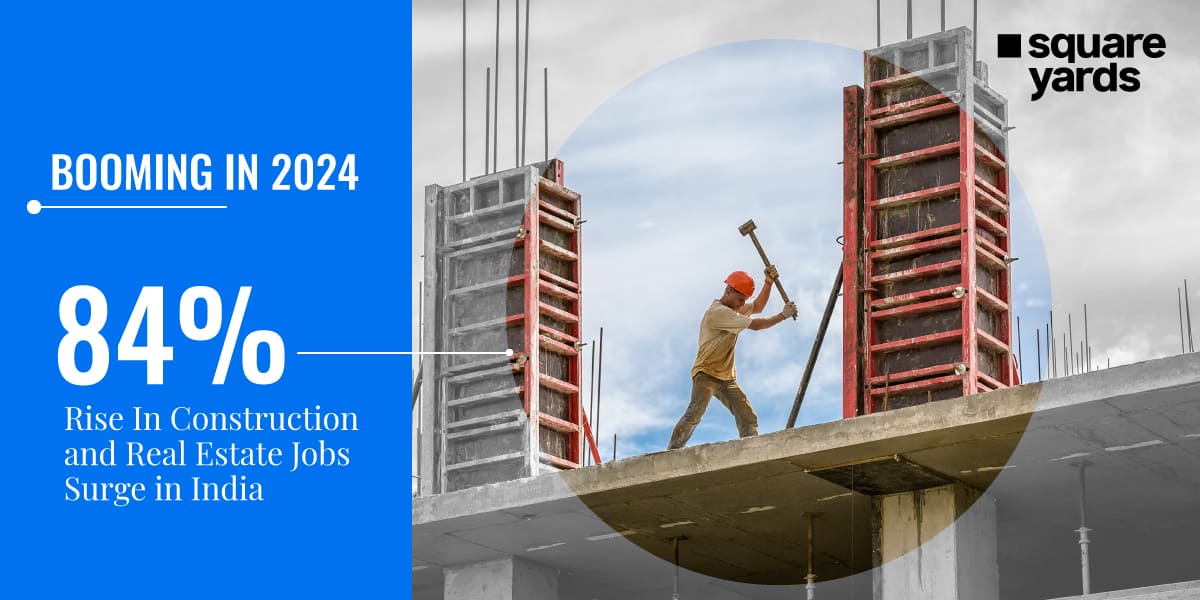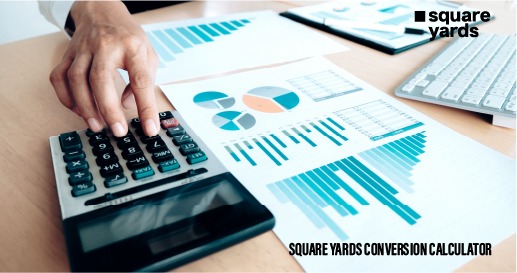The Maharashtra state government is poised to revise the Ready Reckoner Rate (RRR), a crucial benchmark for property valuation, in the financial year 2025-26. Recent discussions between the finance and revenue departments have hinted at an upward reassessment which comes after a three-year period of maintaining the status quo. Senior revenue officials disclosed that this potential revision aims to enhance the state’s revenue, particularly following the introduction of various welfare schemes, including the Ladki Bahin Yojana. This initiative also includes a proposed subsidy increase set to take effect in April of the coming year. The RRR serves as the minimum rate that the government utilizes to levy registration fees and stamp duty on property transactions. Notably, stamp duty is calculated based on either the RRR or the actual transaction value, depending on which is higher. Officials indicated that, while the focus is on rationalizing rates, a 5% to 10% increase is expected in certain zones that have not seen adjustments for a considerable time, despite an uptick in property registrations. The final decision from the state government regarding these revisions is anticipated to be announced on March 31. The revenue department had previously opted not to revise the rates, maintaining that the new RRR would apply from April 1 each year, and district-wise discussions on the RRR are currently underway.
Implications of the Proposed RRR Increase
The proposed increase in the Ready Reckoner Rate is significant, particularly as it follows a prolonged period of stability. The last adjustment occurred in 2022 when the RRR was raised by an average of 5% across Maharashtra, with the Pune district witnessing an increase of 8.15%. Since then, property rates have been stagnant, leading many officials to argue that a revision is overdue. The current discussions reflect the necessity to adapt to the growing property market and the increased number of registrations. Furthermore, the revenue target for the upcoming fiscal year has been set at Rs 66,000 crore, an increase from the existing target of Rs 55,000 crore. This ambitious goal necessitates the state to explore all avenues of revenue generation, including adjustments to property valuation rates. However, this proposed hike is not without controversy. Developers have expressed their concerns, arguing that an increase in RRR would make property transactions more expensive, potentially dampening market activity. The ongoing discourse highlights the balancing act facing the government: generating needed revenue while ensuring the real estate market remains buoyant and accessible.
Developer Concerns and Industry Reactions
Industry stakeholders have voiced strong opposition to the potential increase in the Ready Reckoner Rate, citing fears that it would hinder the recovery of the real estate market. Developers associated with the Confederation of Real Estate Developers’ Associations of India (CREDAI) have been particularly vocal, urging the government to reconsider the timing of such a hike. They argue that the current market dynamics are favorable for growth, and imposing additional costs through increased RRR could stifle momentum. Instead, they advocate for the introduction of incentives to lower the existing stamp duty, which already includes a 1% metro cess in urban areas. The sentiment is that while increased property valuations may seem beneficial from a revenue standpoint, it ultimately places a heavier burden on homebuyers and investors. The developers have proposed that rather than increasing the RRR, the government should focus on creating a more conducive environment for real estate growth through fiscal sops and support. As the state prepares to finalize its decision, the outcomes of ongoing discussions and industry feedback will be crucial in shaping the future of property transactions in Maharashtra.
Conclusion: A Balancing Act Ahead
The possible revision of the Ready Reckoner Rate in Maharashtra presents a complex challenge for the state government as it seeks to balance revenue generation with market stability. With the announcement expected on March 31, stakeholders are closely monitoring developments, weighing the implications of the proposed changes on the real estate landscape. The last revision occurred in 2022, and the period of stagnation has left many industry experts questioning the sustainability of property valuations. While the government aims to bolster its revenue to support welfare schemes, the concerns raised by developers and real estate associations cannot be overlooked. The call for a careful re-evaluation of the RRR process, possibly through methods such as GIS mapping used in other states, illustrates a need for a more nuanced approach to property valuation. As discussions continue at the district level, the eventual decision will not only impact the state’s revenue but also the vibrancy of the real estate market in the months to come. The challenge lies in fostering economic growth while ensuring that housing remains affordable and accessible to the citizens of Maharashtra.






















